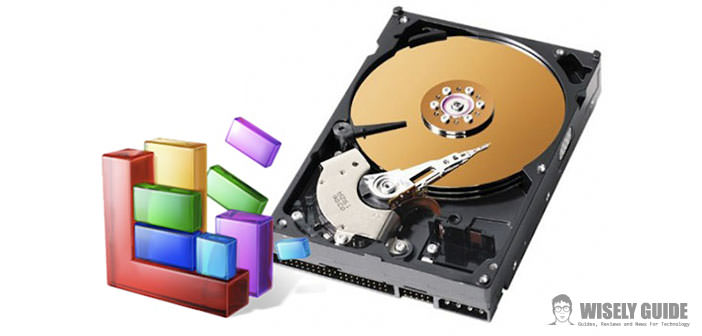As the title today I will explain how to defragment the hard drive on all versions of windows 7 (starter, home premium, ultimate, etc. ..) start by saying what it is to defragment the hard disk imagine the hard drive full of file fragments. These are scattered all over. Defragmentation does nothing but put them all in order.
So with the defremmentazione the computer can go to read the files much faster without wasting time searching among the fragments of a file. Do not worry of your computer knowledges, because I will explain in detail each step to be performed in order to successfully perform a disk defragmentation. Remember that disk defragmentation will not change / delete your files.
1.) Now that we understand what defragmentation and what is it, we can get you started: First click on ” Start ” on ” Computer “. So you open the window where you will find all the files / programs contained within your hard drive.
2.) At this point, we right click on the drive (the partition of your hard disk) to defragment, and choose ” Properties “. I remind you that defragment your drive reserved for system usage of about 500 MB will not bring major changes since the speed of your computer.
3.) Waiting a moment, it will open the ” Properties ” of the selected disk. At this point, we go to the ” Tools ” section and click on ” Defragment Now … ” which will open the window where you do defragmenting ..
4.) At this point, to see if you need to defragment inside your computer, click on the ” Analyze Disk “. If you were to tell you that your computer does not need to be defragmented, I will advise you to defragment your hard drive as it could still improve performance.
5.) Finally, click on ” Defragment Disk “. The duration may vary depending on the speed to the computer and, of course, to the amount of fragments present in the disc. At the end of loading your computer will be faster for sure! I remind you that defragmentation will not change / delete your files either no change the current settings for your computer. I hope to be helpful and thank you for following this guide carefully. Until next time!

